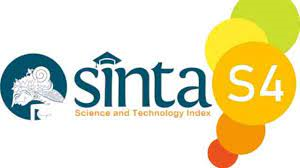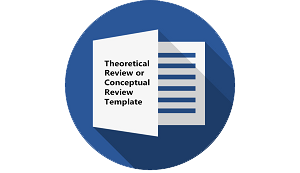Implementing The Multimodal Communication Modes On Telegram Bot ELIA
DOI:
https://doi.org/10.30957/ijoltl.v8i1.710Keywords:
multimodal communication; telegram bot; verbal mode; visual modeAbstract
Information related to lectures in a study program must be conveyed clearly and carried out regularly. Even though the information has been delivered routinely and centrally, students sometimes miss the announcement. This condition causes the need for a more effective method of accommodating FAQs (frequently asked questions) so that students can find information related to lectures, proposal exams, thesis exams, and other information related to study programs. This study aims to implement four essential components in the multimodal communication model in conveying information in the English Literature Study Program, Faculty of Letters, Universitas Warmadewa in providing fast and accurate information. This research is field research located in the English Literature Study Program, Faculty of Letters, Universitas Warmadewa. The data sources are documents and policies in the English Literature Study Program. Data were collected from academic guidelines, proposal & thesis guidebooks, academic calendars, curriculum, and other documents that support the educational process at the English Literature Study Program. FAQs were collected through interviews with the Head of the English Literature Study Program. This study shows the use of textual modes organized in categories to connect commands and information in the database.
Downloads
References
Huang, Y. (2020). Hyperboles in advertising: a serial mediation of incongruity and humour. International Journal of Advertising: The Review of Marketing Communications, 39(5), 719–737. https://doi.org/10.1080/02650487.2019.1686331
Kress, G. (2010). Multimodality: A social semiotic approach to contemporary communication. Routledge.
Lee, C. (2018). Introduction: Discourse of Social Tagging. Discourse, Context & Media, 22, 1–3. https://doi.org/10.1016/j.dcm.2018.03.001
Lin, Y.-C., Wang, K.-Y., & Hsieh, J.-Y. (2017). Creating an effective code-switched ad for monolinguals: the influence of brand origin and foreign language familiarity. International Journal of Advertising: The Review of Marketing Communications, 36(4), 613–631. https://doi.org/10.1080/02650487.2016.1195054
Makarova, A., Soluyanova, N., Gozalova, M., Loseva, E., Kobeleva, O., & Gazilov, M. (2018). Verbal component of advertisement and the problem of its perception. European Online Journal of Natural and Social Sciences, 7(2), 478–493.
Michelson, K., & Valencia, J. A. Ã. (2016). Study Abroad: Tourism or education? A multimodal social semiotic analysis of institutional discourses of a promotional website. Discourse & Communication, 10(3), 235–256. https://doi.org/10.1177/1750481315623893
Scott, K. (2018). “Hashtags work everywhereâ€: The pragmatic functions of spoken hashtags. Discourse, Context & Media, 22, 57–64. https://doi.org/10.1016/j.dcm.2017.07.002
Suprapto, H. A. (2017). Pengaruh komunikasi efektif untuk meningkatkan hasil belajar mahasiswa. Khazanah Pendidikan, XI(1), 13–24.
Torto, R. T. (2016). An Analysis of Descriptive Features in the English used in an Advertising Text. International Journal of Linguistics and Communication, 4(2), 47–55. https://doi.org/10.15640/ijlc.v4n2a4
Zappavigna, M., & Martin, J. R. (2018). #Communing afï¬liation: Social tagging as a resource for aligning around values in social media. Discourse, Context & Media, 22, 4–12. https://doi.org/10.1016/j.dcm.2017.08.001
Downloads
Published
How to Cite
Issue
Section
License
Authors who publish with this journal agree to the following terms:
- Authors retain copyright and grant the journal right of first publication with the work simultaneously licensed under a Creative Commons Attribution-ShareAlike 4.0 International License that allows others to share the work with an acknowledgement of the work's authorship and initial publication in this journal.
- Authors are able to enter into separate, additional contractual arrangements for the non-exclusive distribution of the journal's published version of the work (e.g., post it to an institutional repository or publish it in a book), with an acknowledgement of its initial publication in this journal.
- Authors are permitted and encouraged to post their work online (e.g., in institutional repositories or on their website) prior to and during the submission process, as it can lead to productive exchanges, as well as earlier and greater citation of published work (See The Effect of Open Access).












